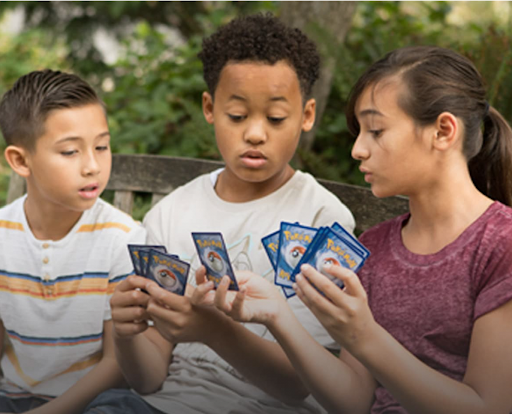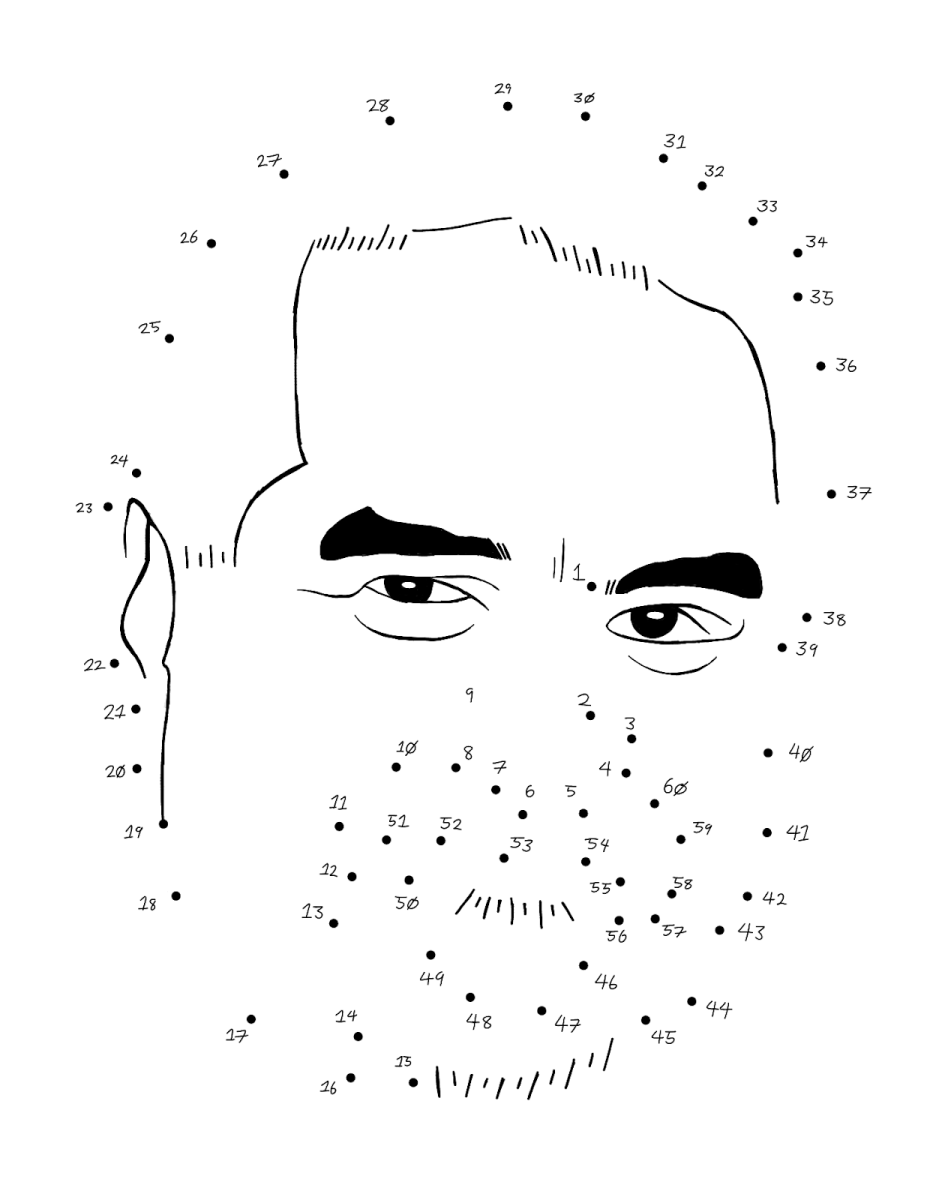What’s the latest obsession for the feral children of the United States? Pokémon, of course! The Pokémon franchise has long had a chokehold on the youth. From its compact, collectible cards to vivid illustrations, children are eager to get their hands on the latest addition to grow their insatiably huge collection. Children no longer listen to their parents, and instead, they splurge their parents’ money on Pokémon cards, doing whatever it takes to steal credit cards even if it means being embarrassingly chased around the front yard or in Target.
To satisfy the iPad kids of this generation, along with the oversupply of physical cards, Pokémon has created an addictive app called Pokémon GO, encouraging users to constantly cram their necks at screens all day rather than looking up and enjoying the scenery. For instance, when people walk across the street, they claim that Pokémon GO helps them exercise. One can even state, “Pokémon GO gives me company. When I have crippling depression on my walk, I look at my phone, and the cute little creatures bring a smile to my face.” But have you seen the amount of people walking as hunchbacks? It’s true that Pokémon GO has a global map in which users can travel anywhere in the world and collect Pokémon, hidden at the corner of every street. Collecting more characters can lead to earning awards such as power-ups.
Pokémon GO is my brother’s elixir of life. The only thing that fuels him in the morning is this app that gives him a boost of serotonin. Well, my brother is not the only one who acts like this. In fact, the other elementary and middle schools near NorCal have to take extra precautions to make sure smuggling does not take place. Yes, there is a black market for Pokémon distribution. The ringleaders for this covert operation are 7th graders who believe that they have peaked in junior high.
The black market involves trading highly illegal Pokémon cards that have too many points on them (increasing their value) that, when in possession, would unhealthily shoot up one’s ego. To combat this issue and ensure that schools will not be involved in the controversy of this black market, the districts in NorCal have established metal detectors at the entrance of their schools. In addition, there are full-body scans at the door of each classroom. There is also a card task force run by the beloved teachers’ pets of the school. The illegal Pokémon cards have a tiny metal chip in them, unlike the original cards. If the metal chip is detected in any student’s backpack, it’s bye-bye to them!
Notice how there is not much discretion when explaining what happens to the students if they are caught. It truly remains a mystery. The only faintest ideas revolve around a ghost of the past, “Troubled Tommy,” who mysteriously vanished on the 14th day of 7th grade 11 years ago. Rumors have spread that Tommy was smuggling illegal Pokémon cards into his middle school to distribute. No one, not even his parents, knows what happened to him after that day.
For the most part, administrators like to believe the usage of metal detectors is foolproof, but students have found ways to sneak through. I like to believe that these metal detectors are necessary for preventing the future generations from being too dependent upon Pokémon cards. I’m afraid that people will be plagued and infiltrated with an overwhelming dependence on creatures that aren’t even real! After all, it is pathetic to see that kids’ only friends are inanimate Pokémon cards these days!
PSA to future kids: Get a life, touch some grass, breathe fresh air, and live in the moment. Love your friends more than your fantasy Pokémon.












